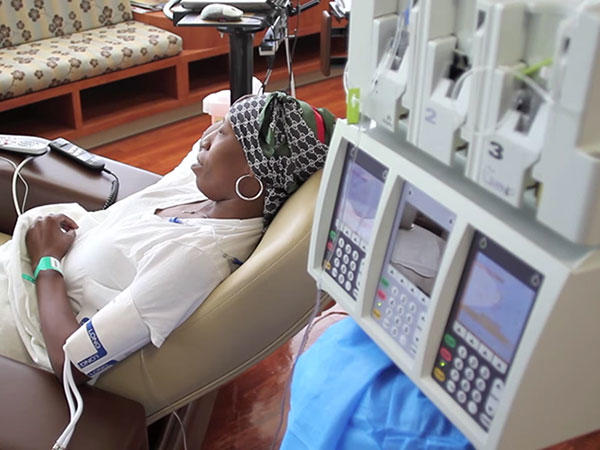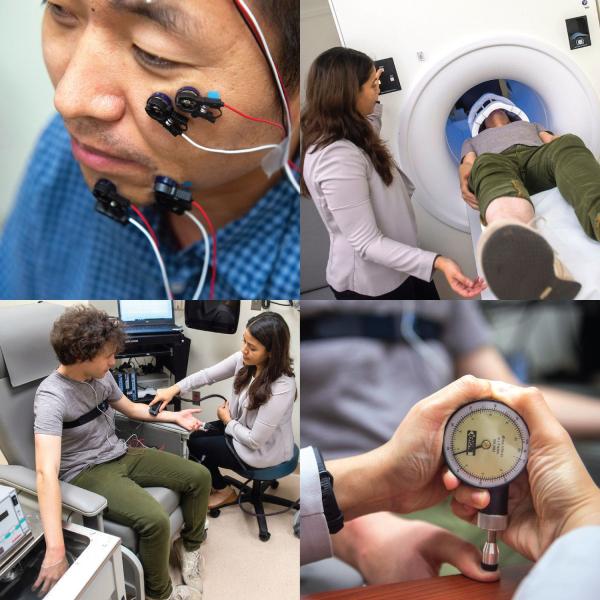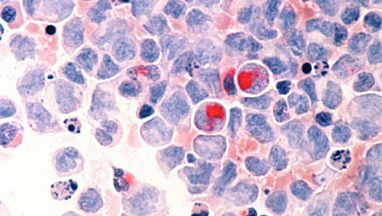Alternative Therapy Relieves Immunotherapy’s Neurological Consequences
Case Studies Highlight New Way to Treat Common Side Effect
New medical treatments nearly always come packaged with new side effects. CAR-T cell therapy, a game-changing ‘immunotherapy’ for cancer, is no exception. However, a set of case studies reported by IRP researchers could help physicians better contend with one of the therapy’s most worrisome complications.
CAR-T cell therapy involves collecting immune cells called T cells from a patient's blood, genetically modifying them to turn them into cancer killers, growing millions of the modified cells in the lab, and then returning the cancer-seeking missiles to the patient’s body. As promising as the approach is for eliminating cancer, the first CAR-T cell therapy was approved by the U.S. Food and Drug Administration (FDA) only a bit more than six years ago, so clinicians are still figuring out the best ways to manage its less desirable effects.










